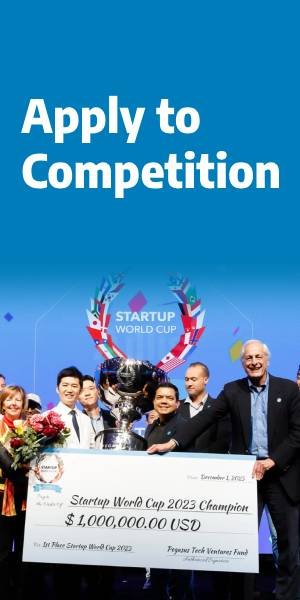In a bid to enhance its tourism appeal, the Deputy Ministry of Tourism in Cyprus has introduced the “Historic Hotels of Cyprus” label. This initiative aims to identify and promote hotels and tourist accommodations that possess significant architectural and historical value.
Aims and Objectives
The primary goal of the “Historic Hotels of Cyprus” label is to enrich the island’s tourism product by highlighting establishments that embody the rich historical heritage of Cyprus. By doing so, the initiative seeks to improve Cyprus’s image as a tourist destination, preserve its architectural heritage, and boost local economic development.
Criteria for Classification
To qualify for the “Historic Hotels of Cyprus” label, an establishment must meet several criteria. The building or part of it must be at least fifty years old and feature architecture representative of its original period of construction. Additionally, hotels must exhibit items of historical significance, such as furniture, artworks, and heirlooms, and offer menus that include traditional Cypriot dishes and drinks.
Applicants must hold a valid license from the Deputy Ministry of Tourism or comply with relevant legal provisions. The label, valid for three years, mandates ongoing compliance with these criteria, ensuring that these historic establishments maintain their unique charm and historical integrity.
Economic and Cultural Impact
This initiative not only aims to attract tourists seeking unique, culturally rich experiences but also catalyzes the preservation of Cyprus’s architectural and cultural heritage. By promoting hotels that reflect the island’s history, the Deputy Ministry of Tourism hopes to create a distinct niche within the hospitality sector that can draw visitors year-round, thereby supporting sustainable tourism and economic stability.
Strategic Importance
For business professionals and entrepreneurs, the “Historic Hotels of Cyprus” label presents an opportunity to invest in and develop properties with historical and cultural significance. Such investments can enhance the tourism sector’s diversity and appeal, attracting a broader range of visitors interested in heritage and culture.
